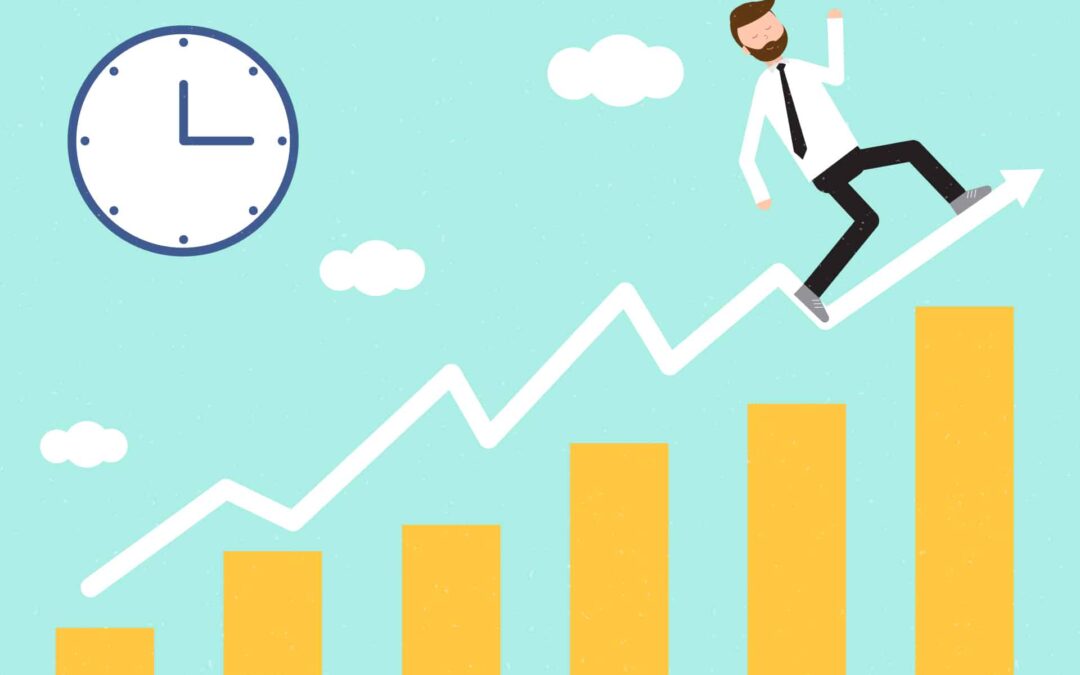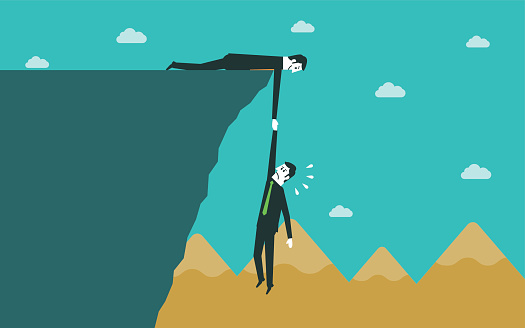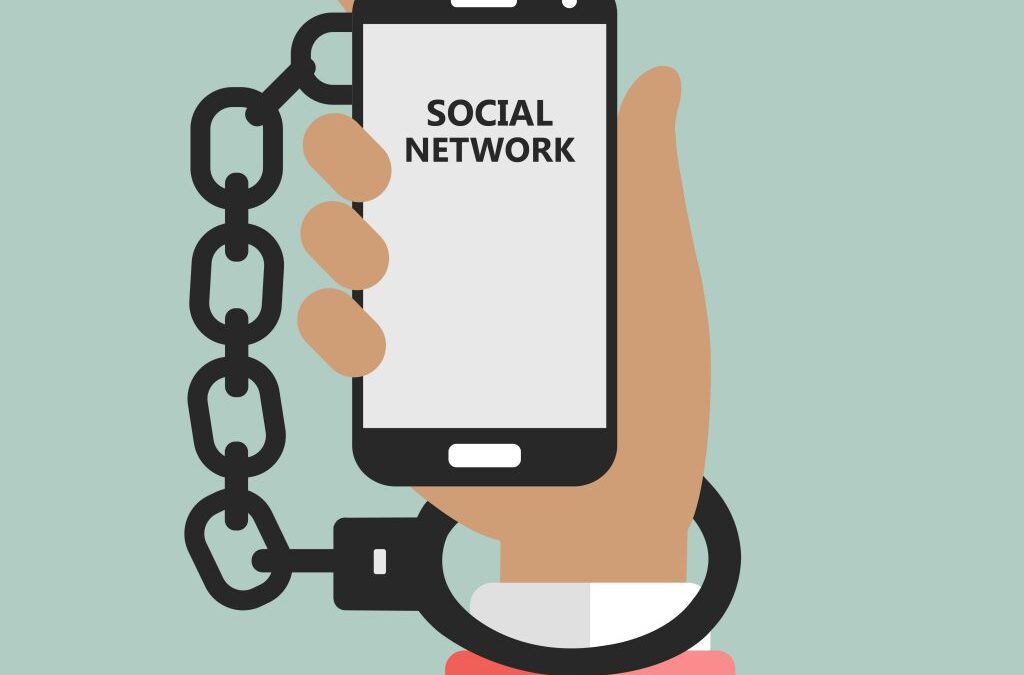
Five Key Characteristics of Good Project Governance: Towards Better Decision Making
Effective project governance is in demand now more than ever before. According to studies, more than 80% of investors now are willing to pay a share price premium for well-governed organizations. Why? Because Governance addresses the needs to establish structure, hierarchy, sponsorship, ownership, accountability and communication to support enhanced consistency in execution, ownership and delivery. When governance is working correctly, decision-making is no longer the stalling point and the organization performs at an optimal level.
Decisions are the coin of the realm in business. Every success, every mishap, every opportunity seized or missed stems from a decision someone made or failed to make. Yet, in many firms, decisions routinely stall inside the organization, hurting the entire company’s performance. The culprit? Ambiguity over who’s accountable for the decisions. (Harvard Business Review by Rogers and Blenko, 2006)
There are multiple definitions available for ‘Governance’:
- UNESCAP defines ‘Good Governance’ as the ‘Process of decision-making‘ and ‘Process by which decisions are implemented (or not implemented)’.
- As per Turner (2006), governance of a project involves a set of relationships between the project’s management, its sponsor (or executive board), its owner, and other stakeholders. Project Governance provides the structure through which the objectives of the project are set, and the means of attaining those objectives and monitoring performance are determined.
Very generic definitions? Let us then go through some more details of Governance concept to understand it well. There are 3 levels of ‘Governance’ in any organization:
a) Executive layer: This layer is considered as the highest level of Governance addressing the ownership, accountability and strategic alignment of initiatives with the organizational goals and identifies the corporate governance.
b) Context/Execution layer: This layer sets up the context in which project is being executed and addresses two main components: (i) Establishing right infrastructure of program and portfolio management to link projects to corporate strategy, which ensures the right projects are executed. (ii) To make sure that organization has the capability to deliver the projects successfully so that projects are done right.
This layer mainly identifies the project governance and includes the decision and analysis boards, which take adjustment and corrections from Executive layer and understand the needs for adjustment and correction from the Delivery layer. This layer also takes into consideration partners, vendors and third-party participants in your programs and projects.
c) Delivery/Individual project layer: This is the lowest working layer where set project objectives are actually executed and attained. Resources at this level are the daily work efforts owners. At this level, program and project management office (PMO) are responsible for the collection and accumulation of the data that support performance reporting. It is critical to keep a daily understanding of decisions, risks, issues and activities that will ultimately impact the delivery of initiative’s outcome. The main stakeholders at this level are Project managers, Technical architects/Engineers and PMO resources.
This three-layered structure, enables linking Project Governance to Corporate Governance and delivery capability. In a way Project governance is the bridging mechanism between corporate governance and project management.
So, how do you ensure that you have an appropriate project governance model and it is good enough per above definitions? Here are the key governance characteristics, identified by United Nations ESCAP, for achieving good governance:
Project Governance Characteristic #1: Sponsorship and Accountability
Recent research has shown that project failure is often not directly attributable to the performance of project managers and project teams. Sometimes, project failure is caused by contextual factors, such as the breakdown of sponsor governance and support. Project sponsor holds a critical position of power being the Governor who owns the business case and provides a link between project and organization’s management, leading ultimately to the Executive Board.
Weak sponsorship not only in terms of resources but also in providing clear and timely direction, investing required time to the projects they sponsor and appropriate project management experience to have good understanding of their own role, are the common problems seen in sponsor governance failures. Your project/initiative should have a solid buy-in from the sponsor (can be executive management) and should be aligned to the organizational goals to make it a success.
Clear definition of roles and responsibility brings accountability. Who is accountable to who varies, depending on whether the decisions or actions are taken internal or external to function/organization. In general each defined role is accountable to those who will be affected by its decisions or actions.
Project Governance Characteristic #2: Transparent with well-defined communication channels
Transparency means the decisions taken and the enforcement done is in an open and easily understood way. It means that information is freely available and directly accessible to those who will be affected by such decisions and their enforcement. It also means that enough information is provided and that it is provided in clear and concise forms and through the right medium of communication.
Accountability (Characteristic #1) cannot be enforced without transparency.
Communication is the vehicle that powers the entire governance model. Establishing structured communications will maintain linkages throughout the three levels of governance and assure that the organizational strategy, mission, vision, and desired outcomes are maintained and aligned with the execution. This alignment can provide assurance to the organization, knowing that the outcomes of the performing initiatives are meeting its goals, as the predefined process provides the proper oversight to the responsible people. Well defined PMO (Project management office) reporting process to communicate on the initiative performance across three layers of governance plays a key role here.
Project Governance Characteristic #3: Responsive, Effective and Efficient
Good governance requires that institutions and processes try to serve all stakeholders within a reasonable timeframe and produce results that meet the needs of stakeholders while making best use of resources at their disposal i.e. decision making processes, to be supported by timely, reliable and relevant information. The requirement for timely information indicates that the reporting effort should be minimized. And reliability of information should be ensured by exposing correct current project status. Efficient project management and PMO processes are very significant to maintain the integrity of the information used to keep Project dashboards up-to-date for keeping stakeholders informed about the progress, metrics, performance, change requests and results of the project/initiative.
Project Governance Characteristic #4: Participatory, Equitable and Inclusive
Participation is a key to good governance and as such needs to be communicated and organized. At project level governance, main participants can be the Sponsor, Middle management, PMO, Project manager, Third party vendors, Partners and Customer. Ensure that all the participants feel that they have a stake in the decisions and do not feel excluded from decisions taken. Since there are several actors and as many view points, good Governance requires mediation of the different interests to reach a broad consensus. Communication of the consensus reached, to all stake holders, should be done in transparent and timely way. In general for project governance, your PMO is a crucial body for defining and managing project processes to deliver the business case outcome, defining how the project will be monitored and controlled and in keeping stakeholders involved as well as informed.
Project Governance Characteristics #5: Follow a rule of law.
During the decision-making process, law of land should never be ignored and to ensure that, good Governance requires fair legal frameworks that are enforced impartially. This is where a good understanding of contracts and agreements with customers becomes important. Accessibility to these and project terms and conditions need to be in place along with well-defined guidelines for dos and don’ts. All decisions also need to be made considering the mission, vision and values of the organization so that the spirit in those words is reflected in all the action on the ground.
With knowledge of these characteristics, it is clear that governance is an ideal which is difficult to achieve in totality; however, actions must be taken to work towards this ideal with the aim of making it a reality because as Napoleon Bonaparte said – Nothing is more difficult, and therefore precious, than being able to decide.
So, review your current project management governance model, see if these characteristics are well-built in and if there is room for improvement. I hope that these characteristics can serve as guidelines for you to make your project a model for Good Governance.
What are your experiences with project management governance and what challenges have you faced in good governance model establishment? Please share with us so that we can learn more from your experiences.
References:
Eamonn V. Kelly(2010) , “ The principles of effective project governance” retrieved from http://www.pmi.org
Picture Courtesy: http://dilbert.com/strips/comic/2009-09-06/





